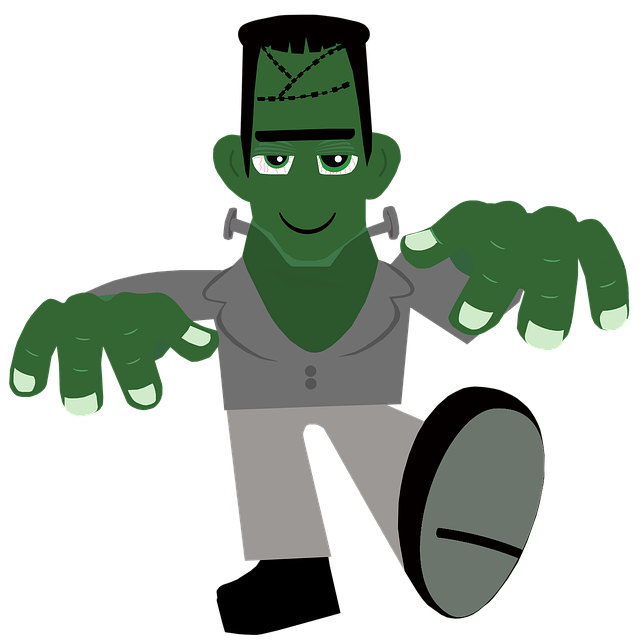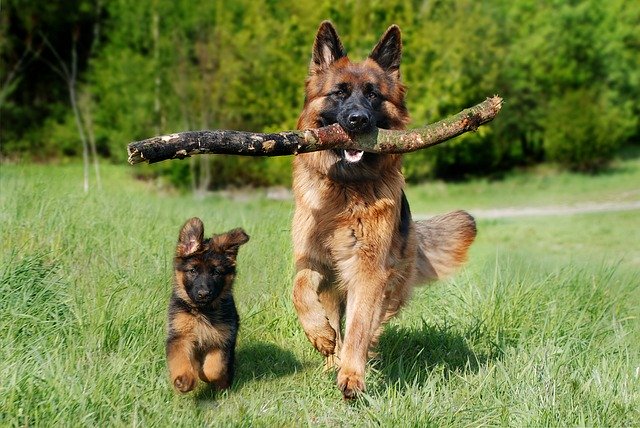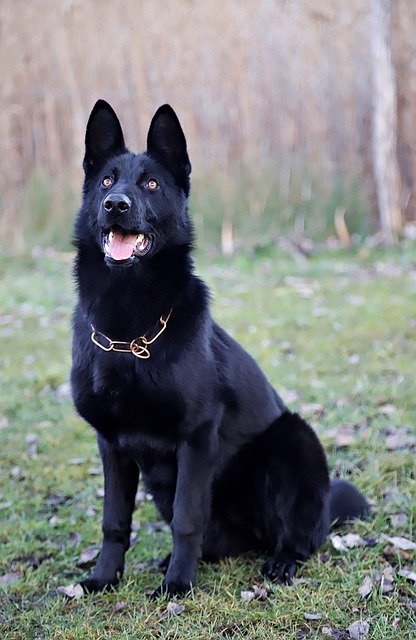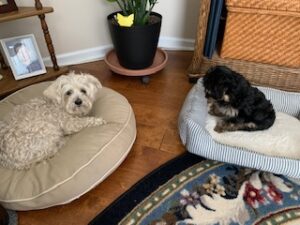


Puppies and dogs that have been adopted from a shelter or rescue foundation do better if they start in a central location of your home. For puppies, you will start them off on the right track to conforming to house rules and training them appropriately.
For older adopted dogs, you may be heading off behavioral issues that haven’t shown their true colors yet. As the weeks go on, the layers of reserve and self-protection will begin to peel away, and the rescued dog’s real personality will begin to show.
Guarding Resources is a label given to an animal’s natural behavior, humans included, to protect things we need to survive. Remember, though, that Guarding Resources is just a nicer way of saying POSSESSION AGGRESSION! However, for canines, this can spill over to toys, beds, treats, items dropped or found on the floor NOT BELONGING TO THE DOG, food bowls, blankets, etc. This can also include a human. Natural behavior? Yes. Acceptable behavior? No.
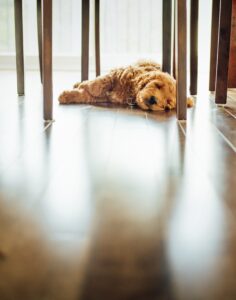 In simple terms, it’s best to keep your new canine family member in the heartbeat of your home. Usually, the kitchen works best for many reasons. The kitchen is not carpeted, so messes are easier to detect and clean up. Food and water preparation or dispensing is easier. Door access is usually closer. However, even in the kitchen, pet parents tend to put dog bowls in the corner of the room. Bedding, which eventually turns out to be where your dog will hide, store, and play with most chew toys, is also shoved into a corner or location that is somehow tucked away. These items can’t be left in the middle of the room, but they can be in a less secluded area or one where your dog will consider a remote space his “private den.”
In simple terms, it’s best to keep your new canine family member in the heartbeat of your home. Usually, the kitchen works best for many reasons. The kitchen is not carpeted, so messes are easier to detect and clean up. Food and water preparation or dispensing is easier. Door access is usually closer. However, even in the kitchen, pet parents tend to put dog bowls in the corner of the room. Bedding, which eventually turns out to be where your dog will hide, store, and play with most chew toys, is also shoved into a corner or location that is somehow tucked away. These items can’t be left in the middle of the room, but they can be in a less secluded area or one where your dog will consider a remote space his “private den.”
Furthermore, treats and toys should be given to your dog in areas where he cannot retreat under a table, desk, or other furniture and where the only way to approach him is by reaching into his private den or cornering him.
 Children are often bitten by dogs during an event whereby the child reaches under a table to grab at their family dog. The dog is intent on chewing a treat or toy while hiding under a table. Under different circumstances, this particular dog would not exhibit behavior that is considered to be aggressive.
Children are often bitten by dogs during an event whereby the child reaches under a table to grab at their family dog. The dog is intent on chewing a treat or toy while hiding under a table. Under different circumstances, this particular dog would not exhibit behavior that is considered to be aggressive.
Of course, you can’t use a crate excessively, so how do you keep a dog away from an area to prevent him from seeking concealment?
The answer may be as simple as this: Consider closing your dog out, not in. Take a look at the photo below.
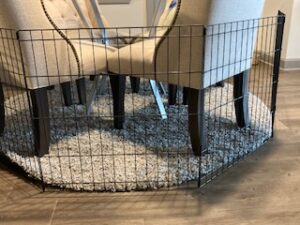
Accordion gates are quite versatile and can be used in most areas of your home to confine a puppy or keep them out of or away from particular areas. Even a large dog will most likely be unable to access cordoned-off furniture.
I have yet to walk into a home and find that the dog cannot access the most obvious hiding places. If your dog hides under your bed, it becomes a struggle to find a way to convince him to “give himself up,” close the bedroom door and don’t allow your dog in that room. You probably think that sounds ridiculous, but you’d be surprised how many times I have witnessed this. It seems more obvious and sensible once it’s said out loud.
If your dog routinely desires to retreat to the nearest “safe zone,” you must find a way to keep it from these areas. Additionally, it is imperative to work with your dog to “come when called” and always make that a friendly and enjoyable event.


